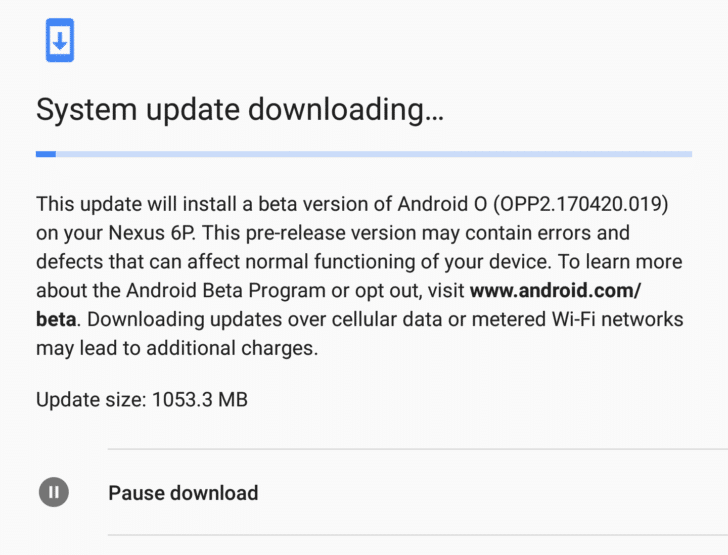
Google first debuted Picture-in-picture support in Android with Nougat last year itself. Back then, however, the feature was limited to Android TVs only. With Android O, Picture-in-picture will be available for all Android smartphones and tablets as well.
The feature works similar to how Apple has implemented it in iOS 10. Basically, you will be able to view videos in a floating windowed mode and can drag them around over other apps and resize them as well. Essentially, the video player will work similar to how media players like VLC work on your PC.
Developers will have to update their apps to explicitly take advantage of the new overlay window API so don’t be bummed out if you don’t get to enjoy PiP functionality on your Android device after updating to O later this year.
In addition to PiP, Android O also adds better support for secondary displays. If an app detects that it is running on a device that has multiple displays, users will be provided with the option to launch the app on a specific screen or move it from one display to another.
Sadly, only one app remains active even while using multiple displays in Android O to preserve battery life and resources. All apps and activities not in focus are automatically paused, and they only resume once they are again in focus.
Read: Android O Features: All the New and Hidden Features We’ve Found So Far
















